Remedies For Uneven Skin Tone On The Face

You feel at your best when your skin is healthy, glowing, and even. While makeup can always help provide the illusion of a photo-perfect complexion, there’s an extra layer of confidence when your skin looks great without any assistance. However, on many days, weather, irritants, and other causes can leave skin blotchy, red, and dull.
As we age, the long-term effects of sun damage and pollutants can take an increasing toll. Many cosmetic and dermatologic solutions come with a hefty price tag and intimidating names. But there are natural ways to help improve your skin’s appearance.
What Is The Cause Of Uneven Skin Tone On The Face?
There are several potential causes behind an uneven skin tone. Different causes may require different treatments, so it’s important to understand the roots behind your blotchy skin. The most common causes of uneven skin tone include:-
Sun exposure – We all know Vitamin D is essential for health. Yet prolonged exposure to UV rays can cause skin damage and affect its pigmentation. How does this happen? Melanin (pigmentation) skin cells try to protect the skin by absorbing more of the sun’s rays. While sun exposure can sometimes result in an even tan, it can also lead to cellular damage and resulting pigmentation change and skin discoloration, often called “sunspots.”
-
Post-inflammatory hyperpigmentation – UV rays aren’t the only potential cause of dark spots. Inflammation is the body’s natural response to a perceived threat. Any kind of inflammation on your skin, from acne to an insect bite to skin irritation, can stimulate increased melanin production, leading to darker spots or darker skin tone areas.
-
Melasma – Similar to post-inflammatory hyperpigmentation, melasma is a result of the skin’s changing melanin production. However, melasma refers specifically to changes that take place as a result of hormones. For example, during pregnancy, brown spots on the abdomen and face are common. You may also experience melasma during menopause, which can disrupt your even skin tone.
-
Inflamed blood vessels – Small red spots may be caused by vasculitis, the irritation or inflammation of blood capillaries and vessels. This is usually caused by trauma or damaged skin, whether as a result of squeezing pimples or exposure to UV rays. In some cases, capillaries will burst, creating raised red bumps that look like zits. Don’t squeeze these! It may cause further damage and even scarring.
-
Redness – Uneven skin tone can also include red and pink areas. Whether the root cause is eczema, dry skin, blemishes, or sun exposure, it’s important to treat irritated skin. Otherwise, it can lead to further damage (including hyperpigmentation and inflamed blood vessels).
Do any of the above causes sound like the source of your uneven skin tone? If you’re unsure, you can always consult with a dermatologist to get more information. This can help you determine the best course of action.
Luckily, many of the same preventative measures and remedies can help you begin to improve your skin tone without having to fork out money for laser treatment.
Prevention Is The First Line Of Defense
A great skincare maintenance routine is the key to achieving a bright, even, and flawless skin complexion. Make sure your daily skincare regimen includes the following three steps:-
Cleansing
-
Moisturizer
-
Sun protection
Depending on your skin type, skin condition, and the amount of time you’re willing to put in each morning and evening, you can also include exfoliation, toner, and masks.
While different skin has different needs, we recommend using natural products, free from artificial aromas and ingredients that can irritate sensitive skin.
How Can I Treat An Uneven Skin Tone At Home?
While some people resort to expensive dermatological procedures to address uneven skin tone, simple at-home treatments can also improve your skin’s appearance and texture.Here are a few of our favorite remedies for promoting bright, even skin.
Make Your Own Exfoliant
Uneven texture and oil levels across your skin can contribute to cellular-level differences that affect pigmentation. Likewise, dead, dry, and damaged skin cells can make your skin appear less even and toned. This is why chemical peels are often the first line of treatment for uneven skin tone. These peels remove the top layer of dead skin. However, regular at-home exfoliation can have powerful effects.
To make your own exfoliant, you only need a few ingredients:
-
Brown sugar – Brown sugar’s fine, gritty particles serve as the mechanical exfoliant that you’ll use to abrade your skin.
-
Coconut oil – Coconut oil is known for its antifungal and anti-inflammatory properties. In traditional medicine, it’s used for redness, dryness, and even the sensation of heat. With its own impressive qualities, Fractionated Coconut oil is an ideal base for your exfoliant.
-
Skin Love Synergy Blend – Skin Love has Frankincense as one of its properties which is a staple of Ayurveda and Traditional Chinese Medicine. It is frequently used to improve skin health and tone. The other properties in the blend present anti-inflammatory and calming properties when combined to help firm, heal, and tone the skin.
-
Combine 1 tbsp brown sugar, 1 tbsp Coconut oil, and 3 drops Frankincense CO2, Age Defy Synergy Blend or Skin Love Synergy Blend (you can also scale up to make a large batch)
-
Apply to skin, rubbing in a gentle circular motion for 30 seconds
-
Rinse off with lukewarm water
-
Exfoliate twice a week after cleansing and before applying toner or moisturizer
Apple Cider Vinegar
After cleansing and exfoliating, toner can help restore your skin’s natural pH balance, thus promoting even tone.Apple cider vinegar is a popular ingredient for at-home toners. It has also topped the list of home remedies for rashes. Used in folk medicine to reduce redness and irritation, apple cider vinegar is currently being studied as a potential remedy for upset skin.
Mix one part ACV to two parts water and place it in a spray bottle to make your own simple at-home toner.
Create Your Own Frankincense Toner
If you’re looking for a slightly more luxurious toner experience, you can also create a blend using witch hazel, green tea, and Frankincense CO2.Witch hazel is another powerhouse plant. It’s been shown to have strong anti-inflammatory effects when applied topically, making it a popular ingredient in commercial skincare. Likewise, green tea is frequently found in moisturizers and toners because of its powerful antioxidant effects to promote healthy skin. It also has been used to reduce dark circles.
Harness the power of these botanicals, along with Frankincense EO, by combining the following ingredients:
-
1 oz cooled green tea
-
1 oz Witch hazel
-
12 drops Frankincense CO2
-
Solubilizer (manufacturer's recommended amount)
-
Preservative (manufacturer's recommended amount)
Turmeric Face Mask
Turmeric oil has long been a part of Ayurvedic medicine, where it’s used to help with a number of skin ailments. It is thought to lighten dark spots with excess melanin, making it a potential aid for uneven skin tone.Combining this ingredient with Rosehip oil can further strengthen its beneficial effects. You may have seen rosehips in everything from moisturizer to serums. A 2015 study confirmed that Rosehip oil could diminish discoloration and scarring, making it a potent additive to your skincare regimen.
Make your face mask by combining:
-
1 tsp Turmeric powder
-
1 T Lemon juice
-
3 T Rosehip oil
-
12 drops Frankincense Essential oil or CO2
Note: Bright yellow turmeric powder can easily stain clothing and skin. Handle it carefully, and don’t be concerned if your face takes on a slight tint after mask application. It will fade in a few hours.
Protecting Your Skin From UVA And UVB Rays
Since UV rays are a significant culprit in an uneven skin tone, it’s important to understand the best suncare practices. While some natural skincare enthusiasts try to make their own sunscreen using oils like Carrot Seed essential oil and Coconut oil, these natural ingredients have very little SPF compared to store-bought. This makes it very difficult to make your own sunblock/screen.At Edens Garden, we recommend you protect your skin with professionally formulated sunscreen.
Trusted over-the-counter sunscreen products include:
-
Physical sunscreen – Minerals, including zinc oxide and titanium dioxide, provide natural protection from UVA and UVB rays. Physical sunscreen is effective as soon as you apply it. The only downside is its characteristic white residue, and the need to reapply frequently.
-
Chemical sunscreen – Chemical sunscreen includes an array of chemical ingredients that provide protection about 20 minutes after application. The advanced chemical composition makes it more transparent and waterproof than physical sunscreen. However, chemical sunscreen can be more irritating for some people’s skin due to the significant number of artificial and chemical ingredients.
Whether your preference is physical or chemical, find a face and body sunscreen that does not irritate your skin. Then, apply sunscreen to exposed skin whenever you’re out and about, even if it’s only for chores. Consistent protection can help to improve your skin tone over time.
In addition, if you are burned, treat your skin right away. This can help reduce irritation as well as long-term damage. Use our Sunburn Recovery Roll-On blend or view our guide on essential oils for sunburn treatment for helpful treatment ideas.
Whether you’re looking to improve your skin tone, soothe your nerves, or create your own botanical remedies, we have the perfect ingredients for your project at Edens Garden.
Sources:
2. Intahphuak, S & P. Khonsung & A. Panthong. “Anti-inflammatory, analgesic, and antipyretic activities of virgin coconut oil.” Pharmaceutical Biology vol 48, 2 (2010): 151-157. https://www.tandfonline.com/doi/full/10.3109/13880200903062614
3. Almirañez, JES et. al. “Efficacy of apple cider vinegar as an adjunct to 2% ketoconazole shampoo in the treatment of tinea versicolor: A randomized controlled trial.” Health Sciences Journal 4.1 (2016): 10-19. https://uerm.edu.ph/Forms/research/HSJ%204.1%20Jan-%20June%202015.pdf#page=14
4. Korting, H.C., Schäfer-Korting, M., Hart, H. et al. Anti-inflammatory activity of hamamelis distillate applied topically to the skin. Eur J Clin Pharmacol 44, 315–318 (1993). https://link.springer.com/article/10.1007/BF00316465.
5. Rajanala S, Vashi NA. Haldi Ceremony—Historical Use of Turmeric. JAMA Dermatol. 2018;154(5):543. https://jamanetwork.com/journals/jamadermatology/article-abstract/2679752
6. Valerón-Almazán, P. , Gómez-Duaso, A. , Santana-Molina, N. , García-Bello, M. and Carretero, G. (2015) Evolution of Post-Surgical Scars Treated with Pure Rosehip Seed Oil. Journal of Cosmetics, Dermatological Sciences and Applications, 5, 161-167. https://www.scirp.org/html/13-1050307_57497.htm
7. “Chemical vs. Physical Sunscreen.” Forefront Dermatology. 29 May 2019. https://forefrontdermatology.com/chemical-vs-physical-sunscreen/
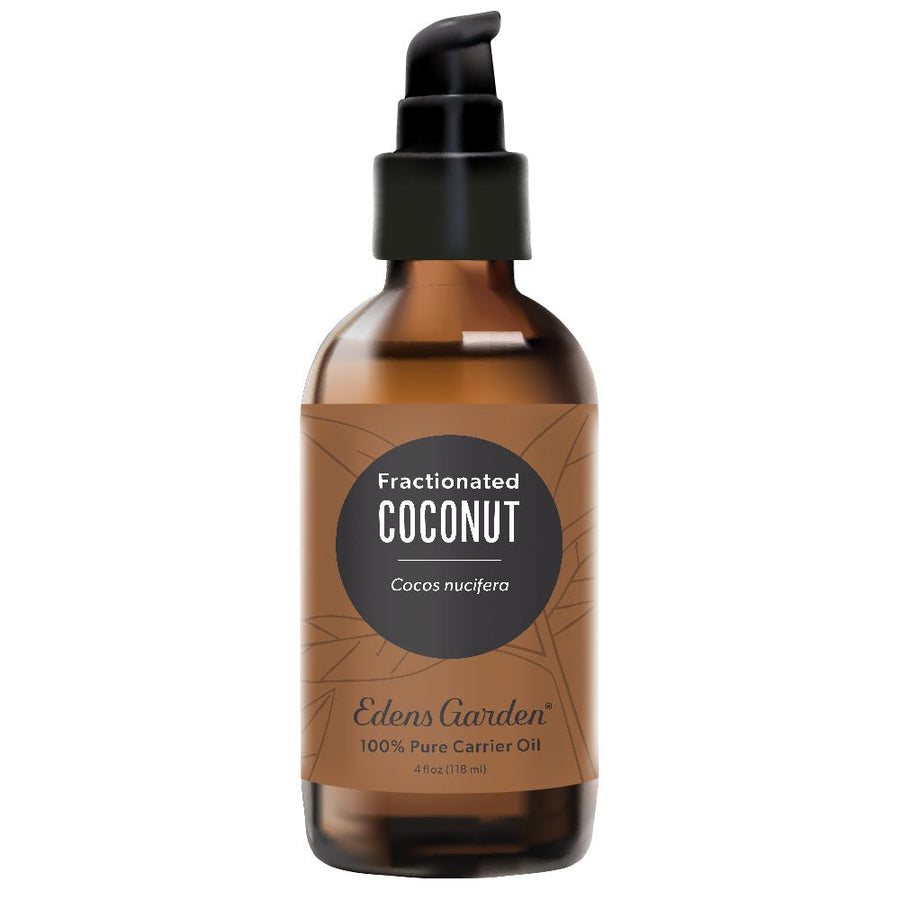
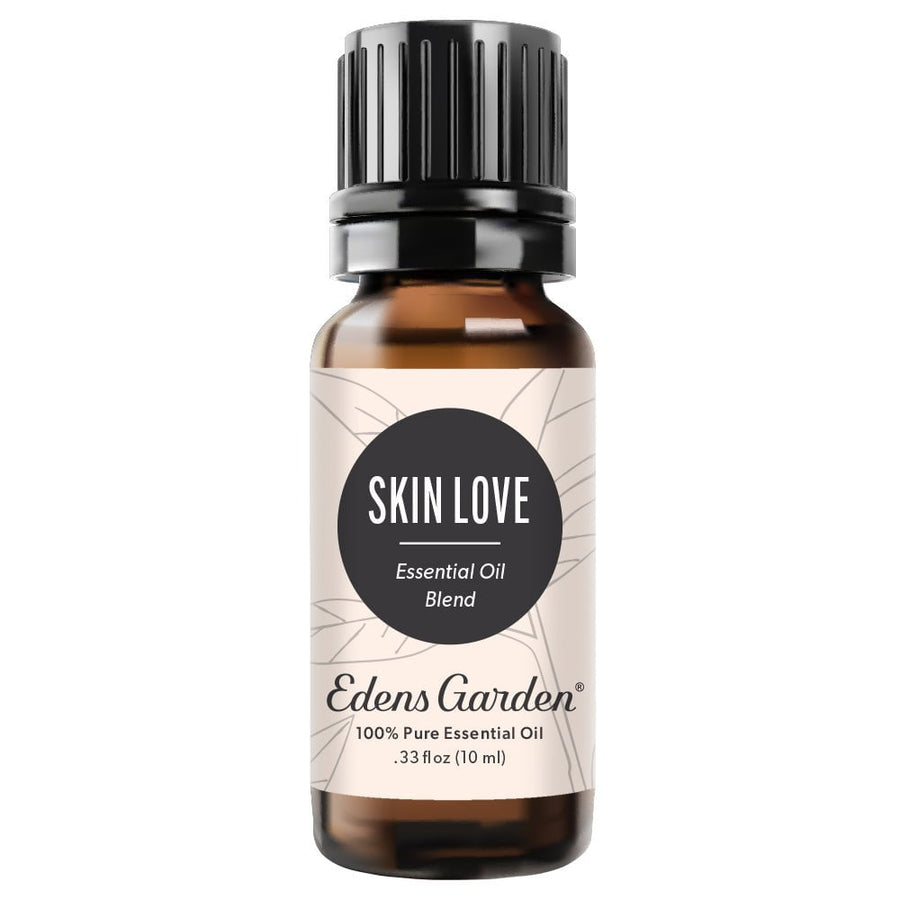
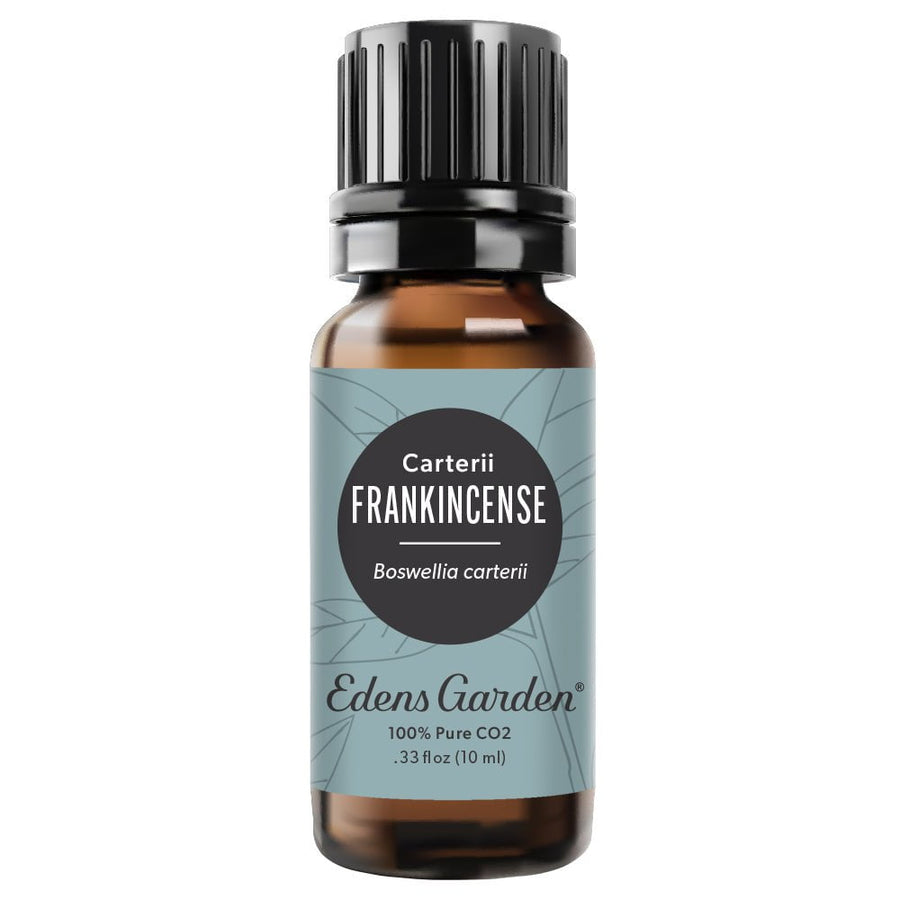


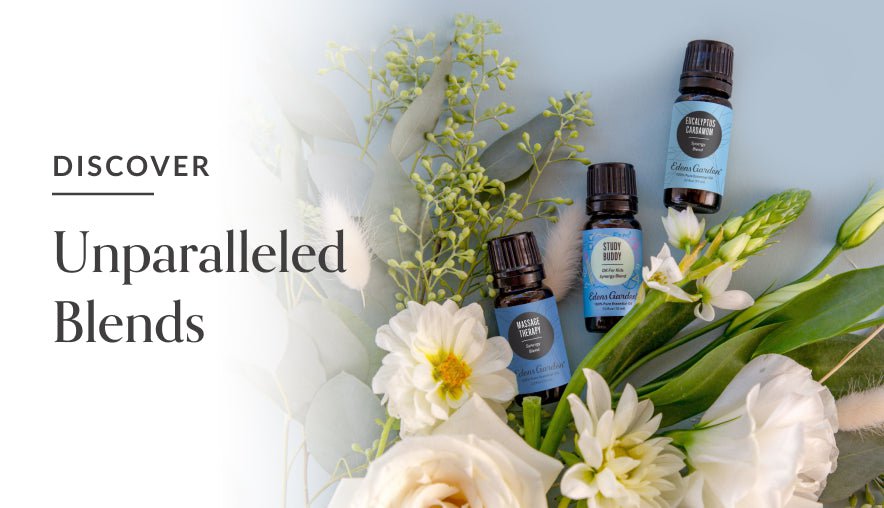
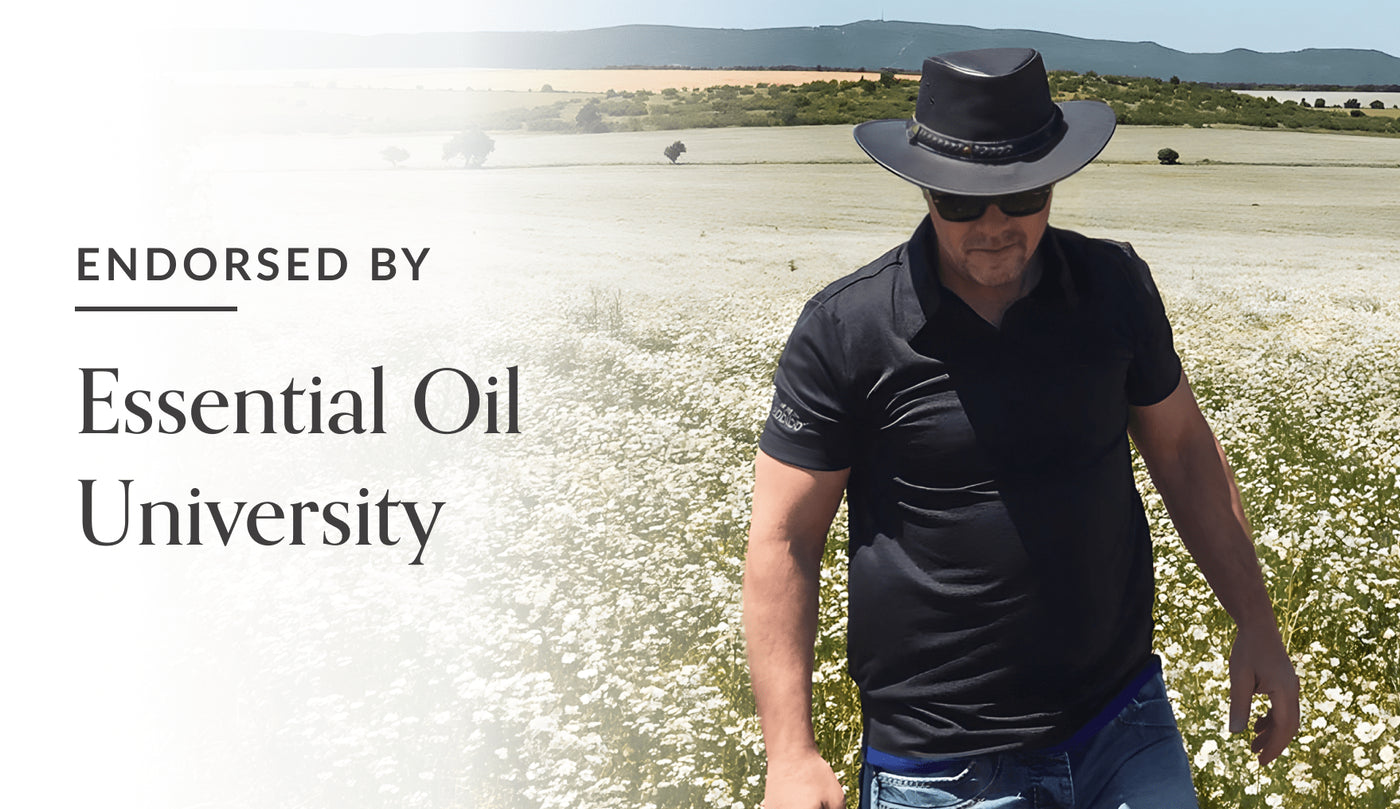
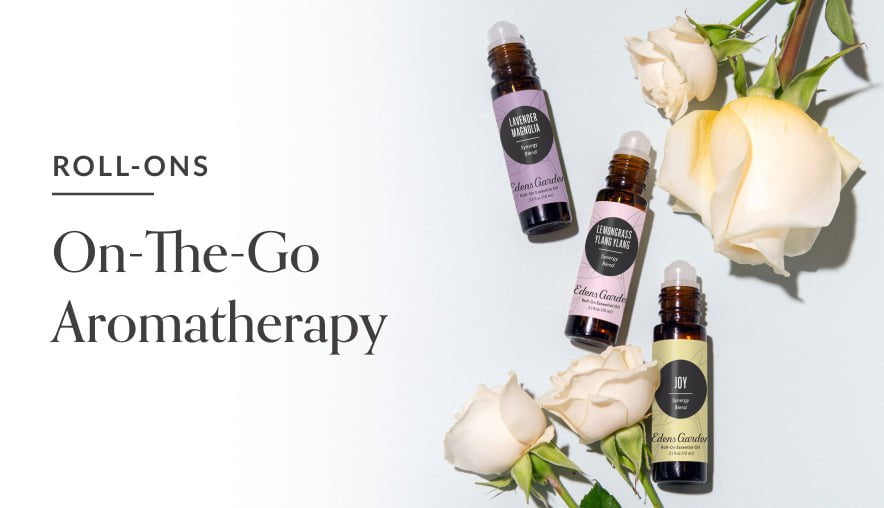
Leave a comment (Comments will be approved before showing up)